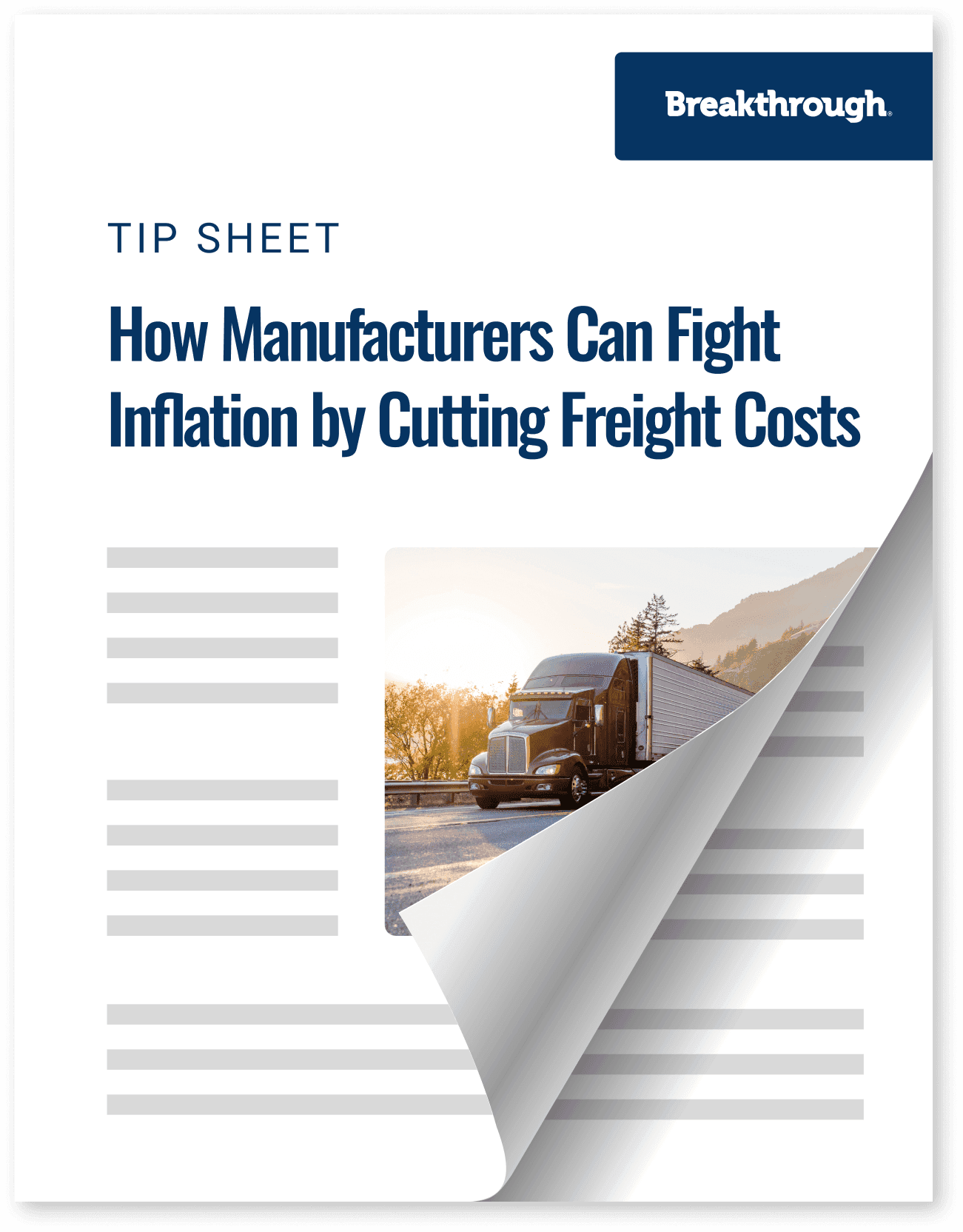Come i produttori possono combattere l'inflazione riducendo i costi di trasporto

Tendenza
Messaggi principali
Sostenibilità e tecnologia
Informazioni sul credito d'imposta per la produzione di carburante pulito 45Z
4 min di lettura
ottobre 3, 2025
Eventi di mercato
Perché i prezzi del diesel sono stabili quando il greggio è in calo?
5 min di lettura
ottobre 2, 2025
Eventi di mercato
Prepararsi alle nuove leggi californiane sulla divulgazione del clima
5 min di lettura
settembre 30, 2025
3 min di lettura
gennaio 2, 2019

Condividi:
Indice
Sfoglia l'indice per passare direttamente alla parte che stai cercando
Gli Stati Uniti hanno registrato massimi storici nella produzione di greggio per tutto il 2018, elevando la nazione a un posto di primo piano nel gioco del greggio globale. Con volumi che hanno superato gli 11 mmbd, gli Stati Uniti hanno superato l'OPEC in termini di influenza sui prezzi basati sui volumi e sono diventati un attore chiave nei fondamentali del mercato petrolifero globale. L'aumento della capacità di trivellazione è stato reso possibile dai miglioramenti tecnologici e di efficienza, che hanno fatto salire la produzione di greggio degli Stati Uniti del 52% dall'inizio del 2014.
A questa crescente importanza nel mercato petrolifero si accompagna una legislazione significativa per garantire la longevità delle trivellazioni nazionali, rispettando e affrontando al contempo le preoccupazioni ambientali e di sicurezza pubblica. Tali questioni sono state al centro del dibattito pubblico durante le elezioni di midterm del 2018, lo scorso novembre. Importante per l'andamento della produzione statunitense è stata l'iniziativa elettorale anti-fracking di novembre, molto attesa e contestata.
Il Colorado ha beneficiato di guadagni tecnologici e di efficienza che hanno aumentato la produzione giornaliera di petrolio di quasi il 125% dal 2014 (vedi grafico sotto). La crescita del Colorado come produttore, che ora rappresenta circa il 4% della produzione totale degli Stati Uniti, si è basata sull'adozione della fratturazione idraulica, o fracking, come mezzo principale di estrazione del petrolio. Questo metodo, tuttavia, ha turbato gli ambientalisti, in quanto la natura della procedura solleva preoccupazioni sull'impatto del fracking sui terreni circostanti e sulla salute pubblica.
Per saperne di più sul fracking, consultate il nostro Beginner's Guide Upstream Economics in the Crude Oil Industry.

La persistente contesa che circonda l'industria del fracking in Colorado ha guadagnato un'attenzione sufficiente a far sì che una misura anti-fracking - denominata Proposition 112 - venisse inserita nella scheda elettorale delle elezioni di metà mandato dello Stato. La proposta avrebbe imposto che i nuovi pozzi petroliferi fossero posizionati a una distanza minima di 2.500 piedi (rispetto agli attuali 500 piedi) dalle abitazioni, dalle scuole e dalle principali fonti d'acqua per evitare rischi per la salute e la sicurezza nel bacino di Denver-Julesberg, l'area di produzione in più rapida crescita della regione delle Montagne Rocciose. L'imposizione di vincoli sui luoghi in cui le compagnie petrolifere possono trivellare in Colorado bloccherebbe sostanzialmente la realizzazione di nuovi pozzi, in quanto vaste aree immobiliari sarebbero off-limits, incidendo drasticamente sul settore petrolifero e del gas dell'economia del Colorado e impedendo la futura occupazione nel settore.
I sondaggi iniziali propendevano per l'approvazione della Proposizione 112, ma la campagna da 41 milioni di dollari dell'industria petrolifera contro la proposta ha contribuito a contrastare i sostenitori della sua approvazione e alla fine ha impedito l'approvazione dell'iniziativa, dopo che i proponenti hanno ottenuto solo il 44% del voto finale.
La mancata approvazione della Proposizione 112 è stata una notizia gradita per le compagnie petrolifere di tutto lo Stato, oltre che per gli stakeholder degli Stati limitrofi dello Utah, del Nevada e dell'Idaho, che si riforniscono di gran parte del greggio delle loro raffinerie dal Colorado a causa della rapida crescita dello Stato. Dal punto di vista dei prezzi, ciò probabilmente limita qualsiasi anticipazione dei prezzi del greggio e del gasolio nella regione montana, poiché la pressione sull'offerta derivante dalla proposta di divieto di fracking non si è realizzata.
Per ulteriori informazioni sui fondamentali del greggio e sullo stato attuale della legislatura nazionale, si prega di contattare direttamente il Team di Conoscenza Applicata.

4 min di lettura
ottobre 3, 2025
Capire il credito d'imposta 45Z, le sue recenti modifiche e il suo impatto su RNG, diesel rinnovabile e biodiesel. Scoprite come influirà sui vostri obiettivi di sostenibilità.
Leggi di più
5 min di lettura
ottobre 2, 2025
L'andamento dei prezzi del gasolio rimane stabile nonostante il calo dei costi del greggio. Scoprite i fattori chiave, dai margini di raffinazione alle basse scorte, che determinano il mercato odierno.
Leggi di più
5 min di lettura
settembre 30, 2025
Scoprite i passaggi chiave per la conformità alla legge californiana sulla divulgazione del clima. Scoprite come prepararvi ai requisiti di rendicontazione delle leggi SB 253 e SB 261.
Leggi di più